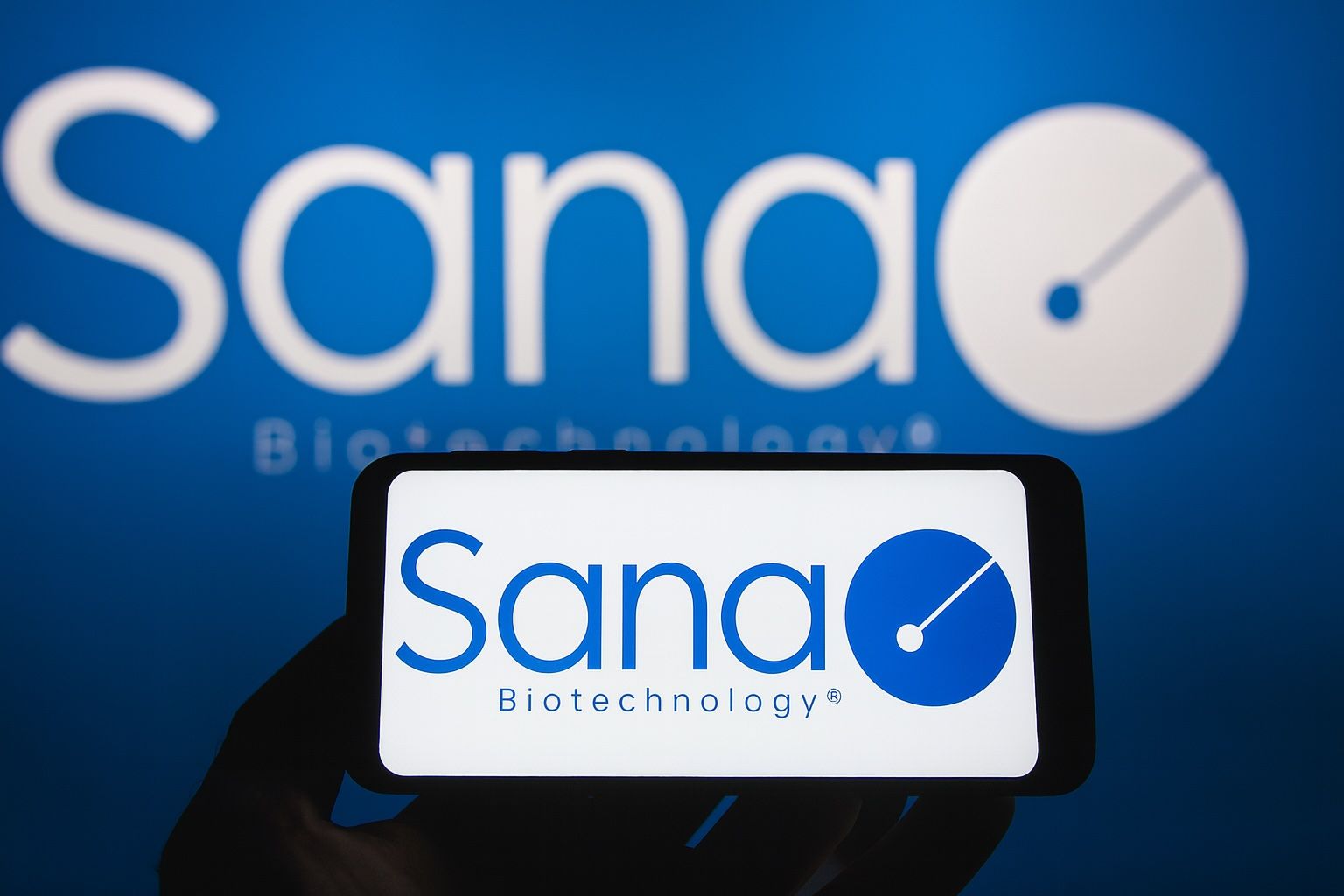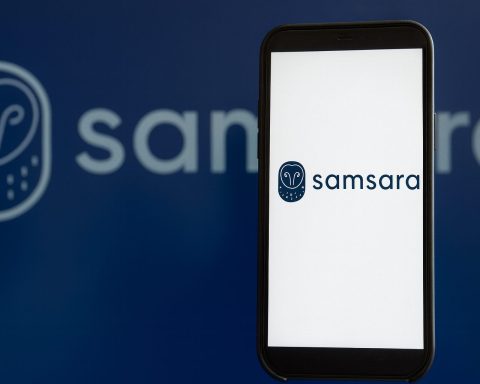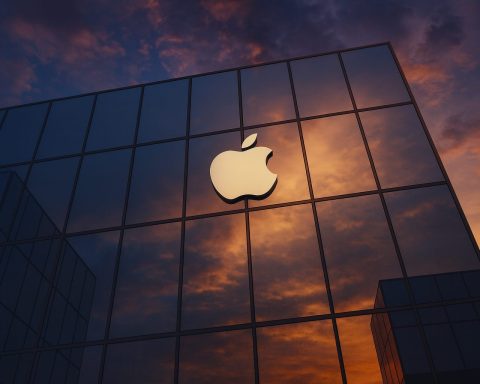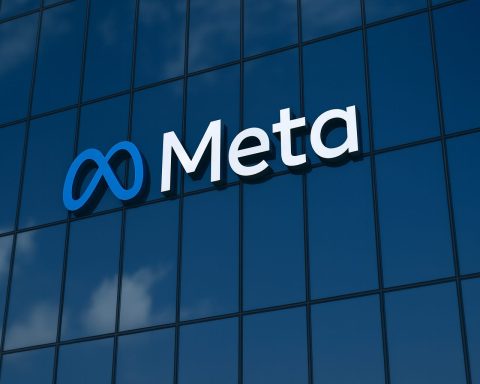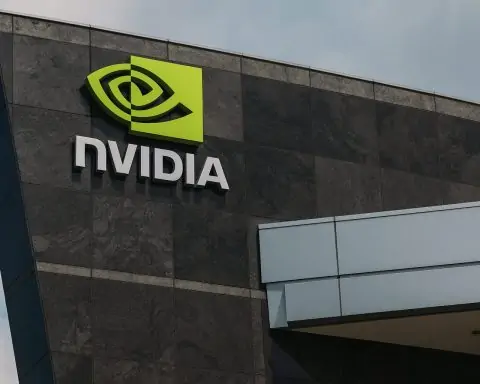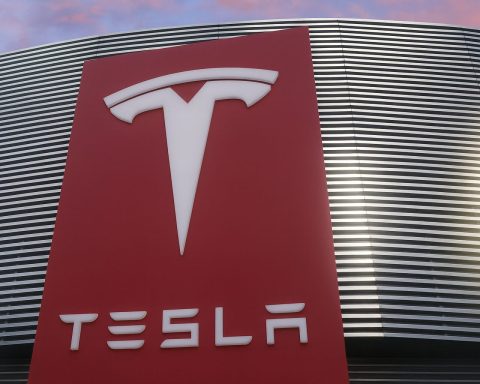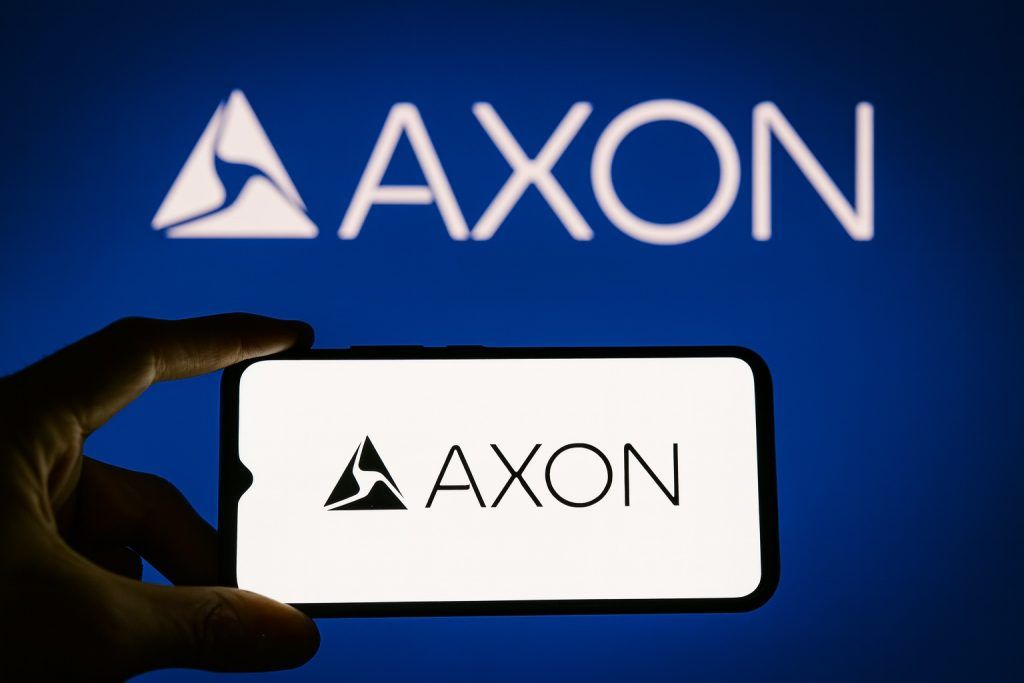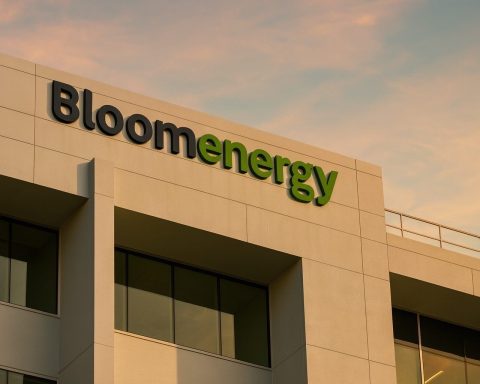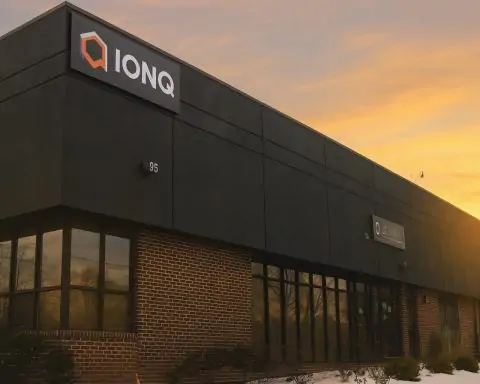- Shares Jump: Sana Biotechnology (NASDAQ: SANA) stock rallied sharply on Oct. 15, 2025, leaping from a close of $4.45 on Oct. 14 to $5.62 on Oct. 15 [1]. Intraday it even briefly traded above $6 before closing up ~26%.
- 100-Bagger Hype: The surge was driven by a tweet from hedge-fund manager Eric Jackson, who dubbed SANA “the next 100-bagger,” citing easing interest rates and biotech momentum [2] [3]. Benzinga noted that SANA “shares soared on Wednesday” after Jackson’s post [4].
- Key Pipeline News: Sana’s diabetes cell-therapy program is advancing: 6-month trial data showed transplanted beta cells surviving and producing insulin without immunosuppression [5]. Crucially, an IND filing for its stem-cell islet therapy SC451 is targeted for 2026 [6]. Two CAR-T trials (autoimmune SC291 and lymphoma SC262) are enrolling now with data expected in 2025 [7]. An in vivo CAR-T platform (SG299) is also in development (IND planned ~2026).
- Cash Position: The company raised roughly $105 million in July–August 2025 (public offering + ATM sales), extending cash runway into late 2026 [8]. As of June 30, 2025 Sana had $72.7M cash (pro forma ~$177M including the recent raise) [9] [10].
- Analyst Views: Wall Street is mixed. Some analysts are bullish: H.C. Wainwright maintains a Buy rating with an $11 price target [11]. Morgan Stanley started coverage Overweight ($12 target) [12]. Others are cautious: Wedbush and JMP both rate it Outperform but only $5 targets [13]. The consensus among sell-side analysts is a “Moderate Buy” with an average target around $7.50 [14].
- Table – 5-Day Stock Performance: Sana (SANA) closing prices over the last 5 trading days (source: Investing.com [15]): DateClosing Price (USD)Oct 9, 20254.45Oct 10, 20254.32Oct 13, 20254.34Oct 14, 20254.45Oct 15, 20255.62 Table: Sana Biotechnology (SANA) closing prices for Oct. 9–15, 2025 (source: Investing.com [16]).
Stock Surge Fueled by ‘100-Bagger’ Tweet
On Oct. 15, SANA spiked as investors reacted to hedge fund manager Eric Jackson’s bullish call. In a post on X (formerly Twitter), Jackson proclaimed: “Biotech is back. Rates are falling, inflation is cooling, and money is rotating from megacaps to growth again,” and suggested “$SANA looks like the next 100-Bagger platform” [17]. Benzinga and other outlets noted that this endorsement sent SANA shares up sharply that morning [18]. (Trading was even halted several times due to the rapid move.)
Earlier in the week, SANA’s stock had been quietly rallying on general biotech enthusiasm and anticipation of data. Over the past five trading days the stock closed at $4.45, $4.32, $4.34, $4.45 and $5.62 [19], a roughly 26% gain in two sessions. Market data show a highly volatile week: at one point Oct. 15 the intraday high hit $6.55 (investors now retracting to ~$5.62 close) [20]. MarketBeat reported the share jump as a 47.2% move on Oct. 15 [21], though the actual close represented about +26% from the prior day.
Analyst Commentary: Wall Street’s take is mixed. Morgan Stanley (new to coverage) rates SANA Overweight with a $12 target [22]. By contrast, small-cap specialist Wedbush initiated Outperform at just a $5 target [23] (reflecting skepticism). MarketBeat notes that overall analyst consensus is a “Moderate Buy” with an average target near $7.50 [24]. H.C. Wainwright analyst Emily Bodnar reaffirms a Buy and sees $11 potential [25], citing the progress in diabetes and CAR-T programs. (A Weiss Ratings analyst recently reiterated a sell rating, highlighting the cautious side [26].)
Promising Pipeline: Diabetes and CAR-T Programs
Sana’s stock story hinges on its engineered cell therapies. The lead program is for Type 1 Diabetes (T1D). In a recent investigator-led trial (UP421), a patient’s blood-sugar control improved as transplanted, gene‑edited pancreatic islet cells produced insulin without any immunosuppressive drugs [27]. Twelve-week results from that study were published in the New England Journal of Medicine, reporting sustained C-peptide (insulin biomarker) levels [28]. Sana’s CEO Steve Harr emphasizes the potential: “Type 1 diabetes affects over 9 million people worldwide, and we are positioned to deliver on our goal of a broadly accessible single treatment with no immunosuppression leading to long-term normal blood glucose…” [29].
Sana is also developing a renewable cell source for diabetes. Its stem-cell derived beta cell therapy SC451 is in preclinical stages; after a recent FDA INTERACT meeting the company says it plans an IND filing for SC451 “as early as 2026” [30]. Analysts project huge potential here: for example, Investing.com notes that risk‑adjusted peak sales for SC451 could be about $1.9 billion (with an unadjusted potential near $9.6 billion) [31], given the multi‑billion‑dollar T1D market.
Beyond diabetes, Sana has multiple CAR-T programs targeting B‑cells. Two Phase 1 trials are ongoing: GLEAM (HIP‑modified CD19 CAR‑T for B‑cell autoimmune diseases) and VIVID (HIP‑modified CD22 CAR‑T for relapsed/refractory B‑cell cancers). The company is actively enrolling patients in both trials now [32] and expects to report early data in 2025 [33]. (A 2024 industry update noted that Sana had deprioritized some cancer assets, but SC262 in lymphoma remains a key program with data due in 2025 [34] [35].) Sana’s SG299 program uses an in vivo delivery (fusogen) to make CAR‑T cells inside the patient; an IND filing for SG299 is expected around 2026 [36]. In summary, Sana’s pipeline touches autoimmunity, cancer and diabetes, with multiple potential catalysts on the horizon in 2025–2026 [37] [38].
Financials and Fundraising
Sana is still pre‑revenue and burning cash on R&D, so its balance sheet is crucial. In Q2 2025 (ended June 30), Sana reported a $93.8M net loss (vs. $50.3M year‑ago) [39], reflecting ongoing R&D and administrative costs. Management has taken steps to bolster the cash runway. In July–August 2025 Sana sold stock through an at-the-market (ATM) program and a public offering. In total it raised about $105 million [40] (gross proceeds before expenses), which took pro forma cash to roughly $177 million (including $72.7M on hand at June 30) [41] [42]. This funding should extend the company’s cash runway into the back half of 2026 [43]. (Separately, an August 2025 offering closed with ~$75M from 20.9M new shares plus warrants [44].) A strong balance sheet is vital; as Harr put it, the new capital “strengthens our balance sheet and allows us to continue to invest appropriately in moving our pipeline forward.” [45]
Analyst and News Reactions
News services point out that Sana’s recent data have been encouraging. For example, a trade-news site summarized: “Sana reported positive 6‑month clinical results showing hypoimmune islet cells survived and functioned without immunosuppression in type 1 diabetes patients” [46]. Sana’s updates and conference presentations (e.g. Sept. 2025 investor calls) have reiterated these points and the IND timeline. In August’s earnings release, Harr and the CFO highlighted the T1D results, upcoming trial readouts, and the fresh cash on hand [47] [48].
Despite the hype, some caution is warranted. Analyst consensus price targets vary widely. MarketBeat notes a range from $5 up to $15 [49], with a mean near $7.50 [50]. The Nasdaq’s stock page showed “Strong Buy” consensus from 6 analysts with an $8.00 12‑month target (about +46% upside) [51]. That optimism reflects the view that success in diabetes or CAR-T could be transformative. On the flip side, all analysts remind readers that Sana has no approved products yet. As Investing.com’s SWOT analysis points out, the absence of revenue and the need for successful trials is a key risk [52] [53].
Outlook: Hype vs. Reality
In the short term, Sana’s stock will likely remain volatile. The recent rally shows speculative enthusiasm – partly driven by a well‑known bullish investor – and news flow could sway the price. The market will be watching for any follow‑up news from the diabetes trial or updates on the CAR‑T studies. With earnings slated for early November (covering Q3 2025), that report and conference call could be another catalyst. As of now, traders have bid SANA up on hopes, but some profit‑taking or pullback is possible if no new data arrives quickly.
In the long term, success hinges on clinical outcomes. If Sana’s HIP platform ultimately delivers an off‑the‑shelf cure for type 1 diabetes, or even just a meaningful advance, it would unlock a multibillion-dollar market (projected ~$24B global T1D market by 2031 [54]). Positive readouts for SC291/SC262 could similarly validate the autoimmune/CAR-T approach. However, the field is crowded: other biotech firms are also chasing off-the-shelf cell therapies, and manufacturing or regulatory delays could occur. Sana must also manage its cash; even with current funds, it will likely need additional financing in 2026 unless a partner is found. Analysts note that if trials disappoint or cash runs low, the stock could reverse sharply.
In sum: Sana’s recent stock surge reflects a mix of genuine clinical progress (especially in diabetes) and speculative hype. As CEO Harr summarized in August, the company is “pleased with the progress” and expects continued pipeline milestones [55]. Investors will now be asking if the recent move was just a short‑term pop or the beginning of a larger breakout. With multiple readouts coming in the next year and a strong cash position, Sana is on the biotech radar – but it remains a high‑risk, high‑reward story.
Sources: News and data from Sana Biotechnology filings and releases [56] [57]; Investing.com and MarketBeat financial reports [58] [59]; Benzinga news analysis [60] [61]; biotech industry news (Medpath, ApexOnco) [62] [63]; stock data from Investing.com [64], and others. All forecasts and opinions are those of cited analysts.
References
1. www.investing.com, 2. www.benzinga.com, 3. www.benzinga.com, 4. www.benzinga.com, 5. trial.medpath.com, 6. www.globenewswire.com, 7. www.globenewswire.com, 8. www.globenewswire.com, 9. www.globenewswire.com, 10. www.globenewswire.com, 11. www.investing.com, 12. www.marketbeat.com, 13. www.marketbeat.com, 14. www.marketbeat.com, 15. www.investing.com, 16. www.investing.com, 17. www.benzinga.com, 18. www.benzinga.com, 19. www.investing.com, 20. www.investing.com, 21. www.marketbeat.com, 22. www.marketbeat.com, 23. www.marketbeat.com, 24. www.marketbeat.com, 25. www.investing.com, 26. www.marketbeat.com, 27. trial.medpath.com, 28. trial.medpath.com, 29. www.globenewswire.com, 30. www.globenewswire.com, 31. www.investing.com, 32. www.globenewswire.com, 33. www.globenewswire.com, 34. www.oncologypipeline.com, 35. www.globenewswire.com, 36. www.globenewswire.com, 37. www.globenewswire.com, 38. www.globenewswire.com, 39. trial.medpath.com, 40. www.globenewswire.com, 41. www.globenewswire.com, 42. www.globenewswire.com, 43. www.globenewswire.com, 44. www.globenewswire.com, 45. www.globenewswire.com, 46. trial.medpath.com, 47. www.globenewswire.com, 48. www.globenewswire.com, 49. www.investing.com, 50. www.marketbeat.com, 51. stockanalysis.com, 52. www.investing.com, 53. www.investing.com, 54. seekingalpha.com, 55. www.globenewswire.com, 56. www.globenewswire.com, 57. www.globenewswire.com, 58. www.investing.com, 59. www.marketbeat.com, 60. www.benzinga.com, 61. www.benzinga.com, 62. trial.medpath.com, 63. www.oncologypipeline.com, 64. www.investing.com
